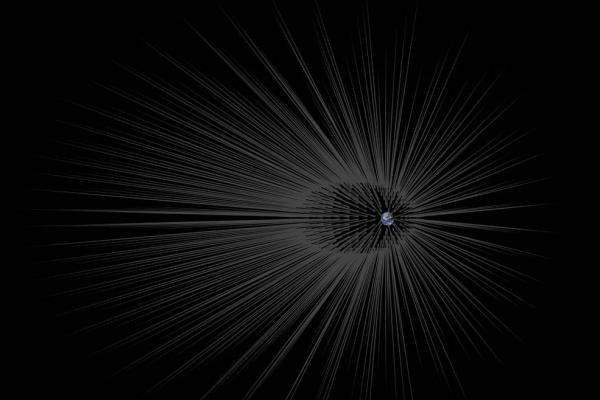PASADENA, Calif., Nov. 24 (UPI) ─ Apparently, dark matter comes in hair form, and astronomers looking to find the mysterious strands may not have to peer all that far into space.
According to new study by scientists at NASA, planet Earth may be sprouting dark matter hairs in all directions.
Only about five percent of the universe is made up of ordinary or visible matter. The rest is dark energy and dark matter, of which we have no direct evidence. Astronomers can only infer the presence of dark energy and matter.
Astrophysicists have indeed done a lot of inferring over the years. In the 1990s, models suggested dark matter would band into long thread-like streams as it moved through space, interacting with ordinary matter. Now, scientists at NASA’s Jet Propulsion Laboratory propose the existence of such streams in and around Earth.
“When gravity interacts with the cold dark matter gas during galaxy formation, all particles within a stream continue traveling at the same velocity,” Gary Prézeau, describing the formation of dark matter streams, said in a press release.
Prézeau built a model to describe how these streams would behave as they approach and pass through Earth. The results suggest the streams would be bent and pulled into long, thin hairs, sprouting in all directions.
According to Prézeau, these hairs would be thickest at their roots and thinner at the tips.
“If we could pinpoint the location of the root of these hairs, we could potentially send a probe there and get a bonanza of data about dark matter,” Prézeau said.
“Dark matter has eluded all attempts at direct detection for over 30 years. The roots of dark matter hairs would be an attractive place to look, given how dense they are thought to be,” added Charles Lawrence, chief scientist for JPL’s astronomy, physics and technology directorate.
The new research was published this week in the Astrophysical Journal.







